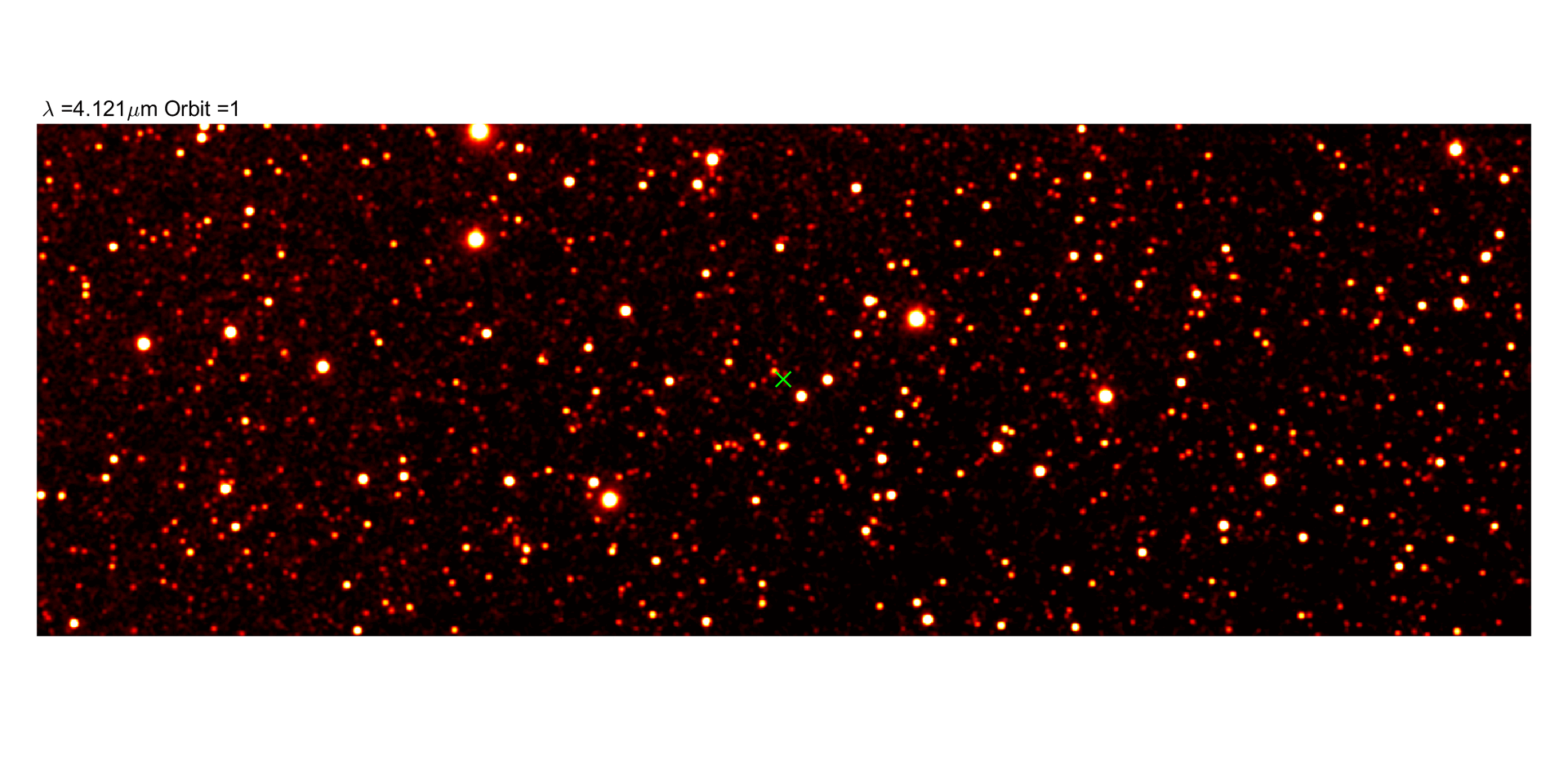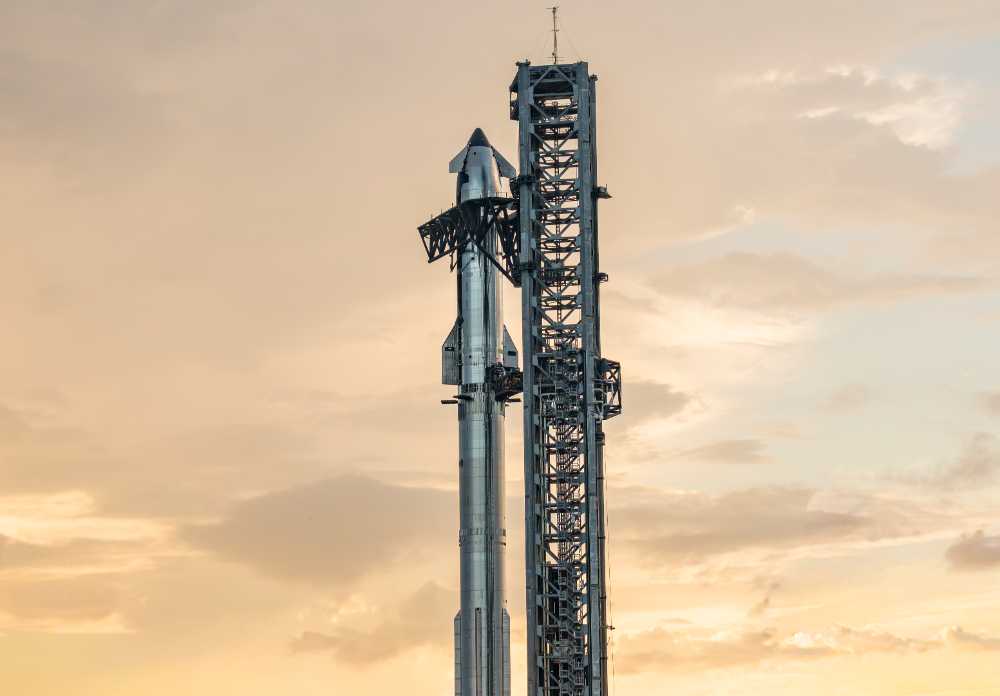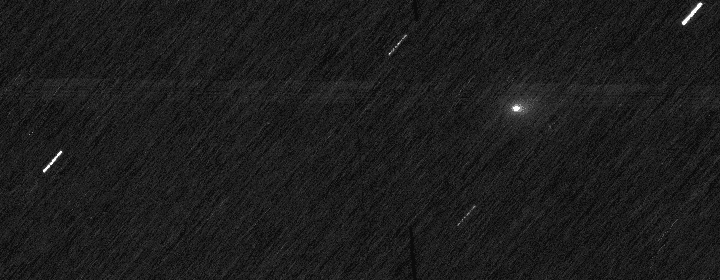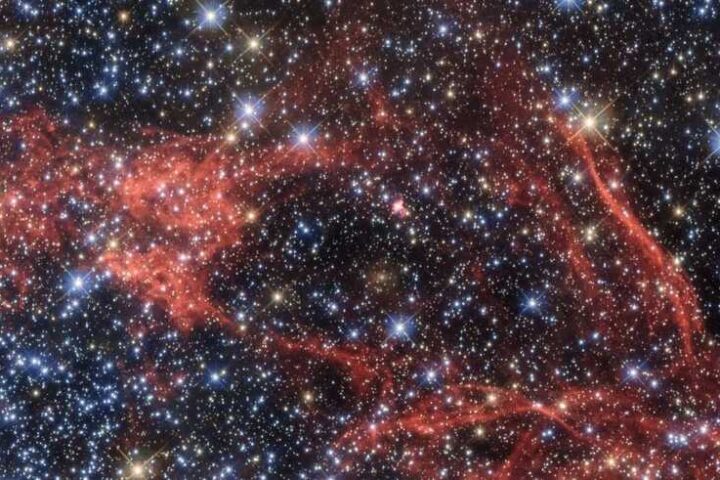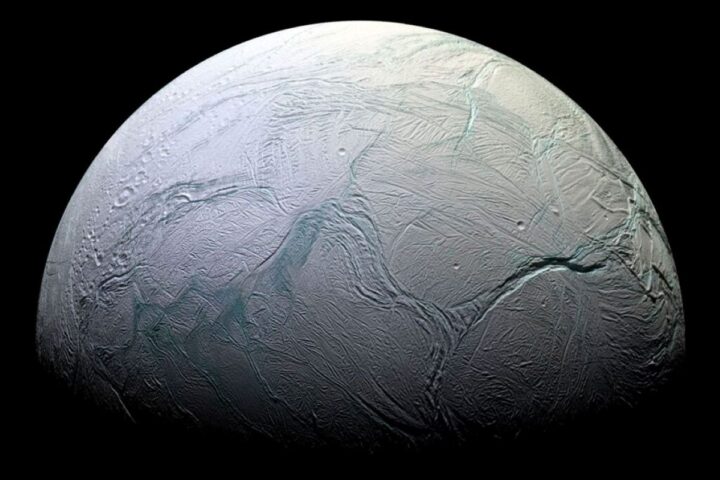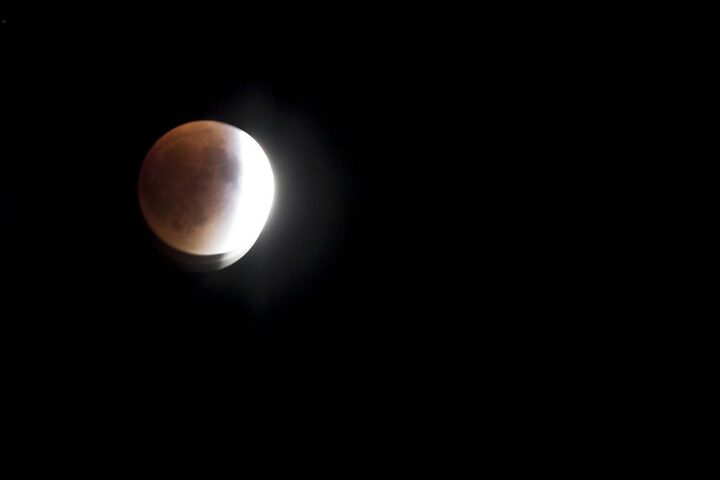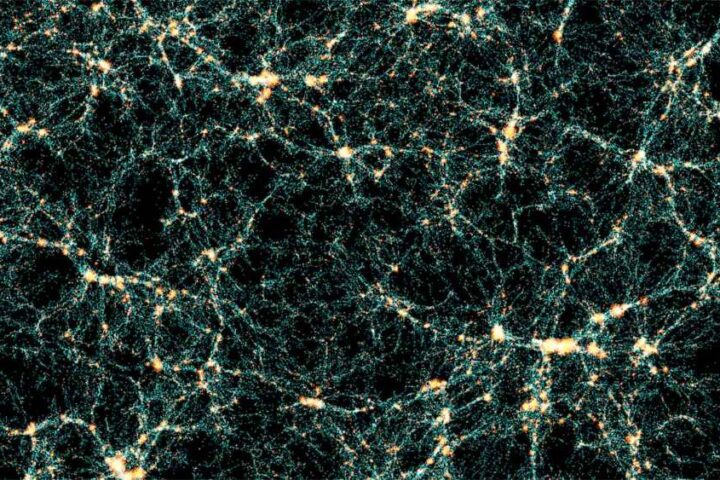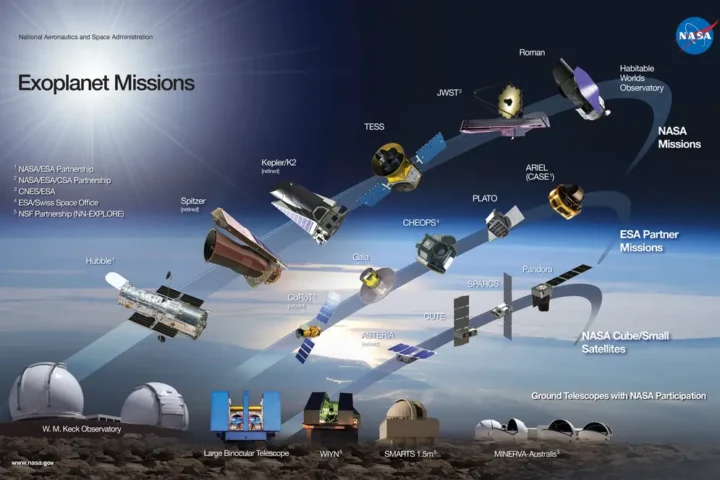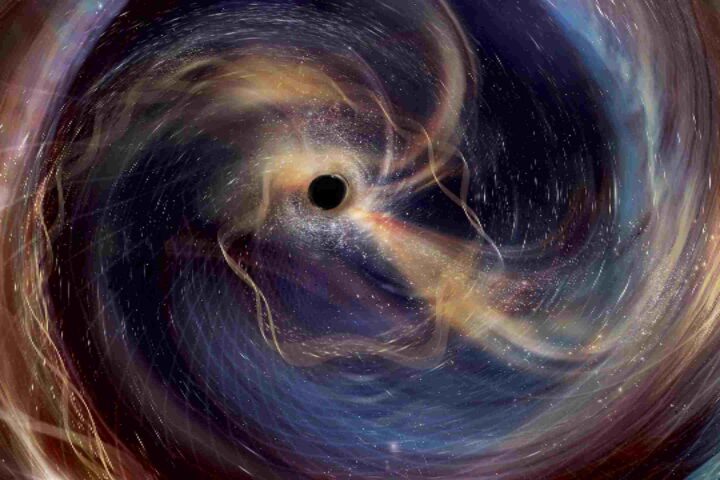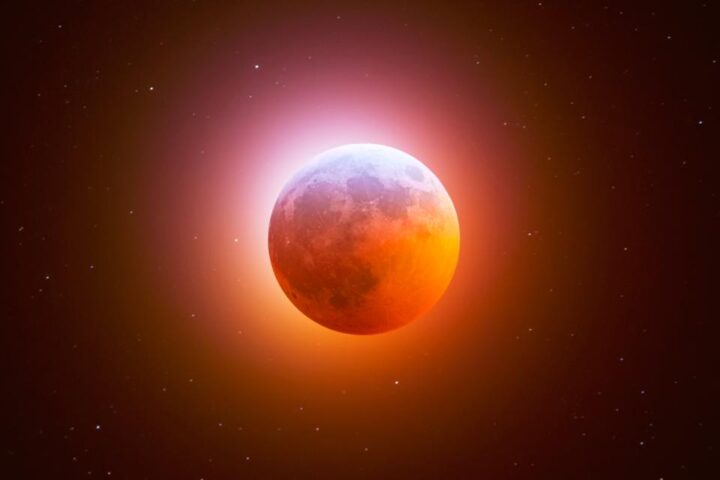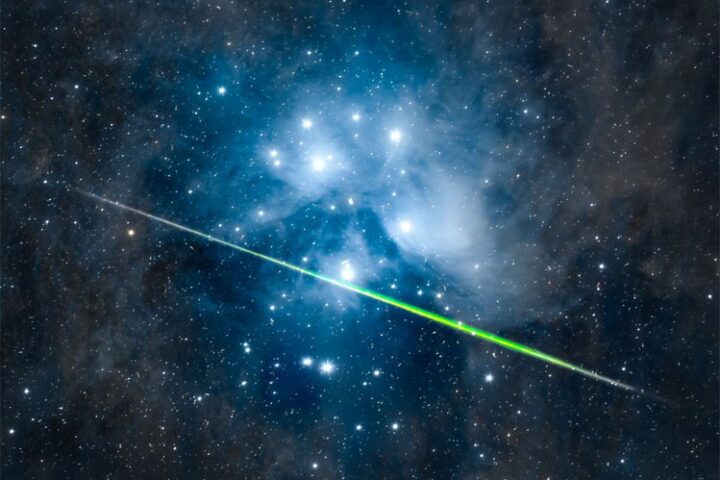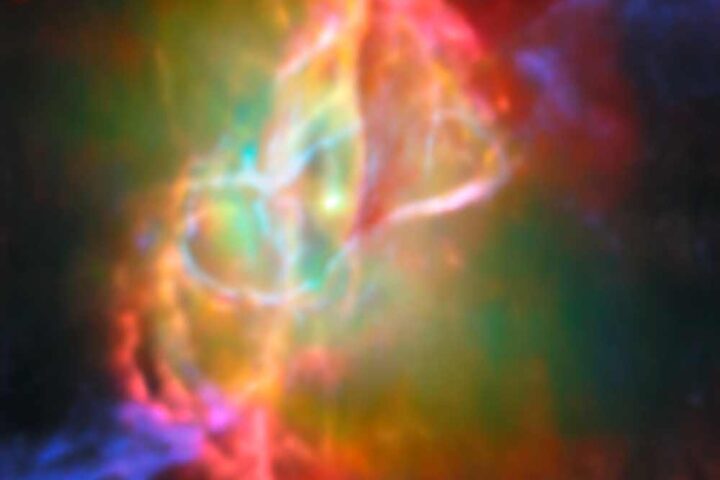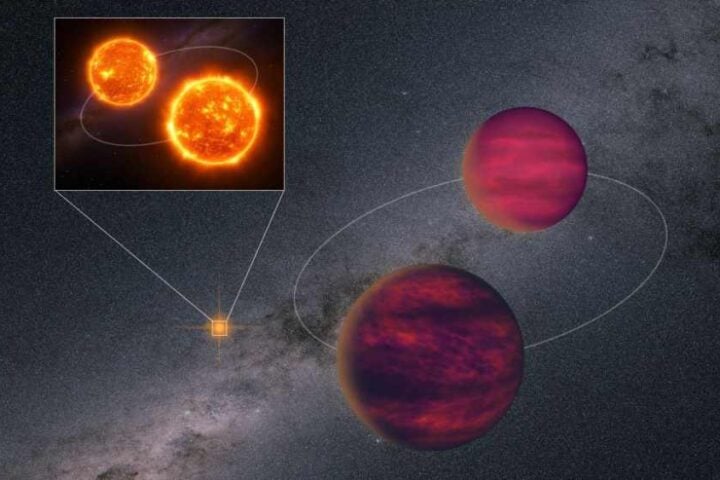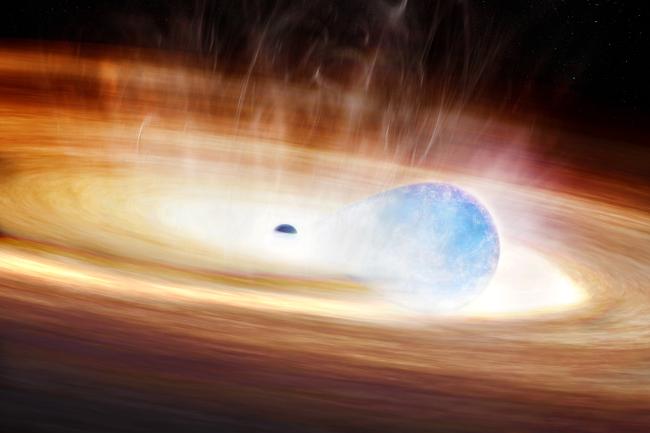NASA’s SPHEREx space observatory has captured groundbreaking new data about interstellar comet 3I/ATLAS, revealing a giant carbon dioxide coma stretching 348,000 kilometers from its nucleus—but no detectable water vapor above certain limits. These mid-August observations offer fresh insights into this cosmic visitor’s composition and origin.
The Third Interstellar Visitor
Comet 3I/ATLAS was first spotted by the Asteroid Terrestrial-impact Last Alert System telescope in Chile on July 1, 2025. It’s the third confirmed interstellar object ever detected in our solar system, following 1I/’Oumuamua in 2017 and 2I/Borisov in 2019.
Pre-discovery observations from NASA’s Transiting Exoplanet Survey Satellite (TESS) suggest possible distant activity when the comet was about 6.4 astronomical units (AU) from the Sun between May 7 and June 2, 2025. This early activity at such a great distance suggests the presence of highly volatile materials driving its behavior.
The comet is traveling at approximately 130,000 mph (58 km/s) and follows a hyperbolic trajectory that will take it to its closest approach to the Sun (perihelion) on October 29, 2025, at about 1.36 AU. It poses no threat to Earth, remaining at least 1.8 AU (270 million kilometers) away during its journey through our solar system.
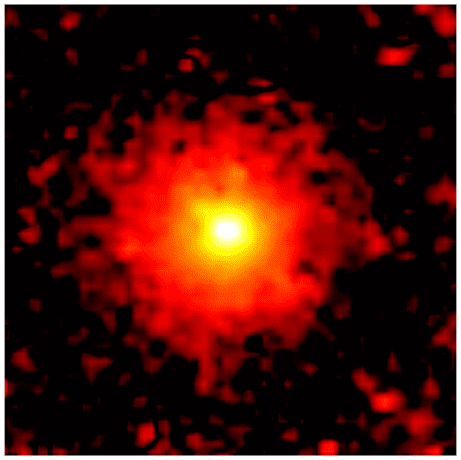
SPHEREx’s Carbon Dioxide Discovery
From August 8-12, 2025, NASA’s newly launched SPHEREx observatory captured multi-spectral observations of 3I/ATLAS when it was 3.2 AU from the Sun. These observations revealed something remarkable—a massive carbon dioxide (CO₂) coma extending around the comet.
SPHEREx imaging spectrophotometry clearly showed a bright, 3 arcmin radius CO₂ gas coma corresponding to a gas production rate of 9.4 × 10^26 molecules per second, or about 70 kilograms per second, according to researchers at California Institute of Technology who analyzed the data.
Particularly interesting is what SPHEREx didn’t find—no detectable water (H₂O) or carbon monoxide (CO) gas in the coma above certain limits. The observatory established conservative 3-sigma upper limits for these gases at 1.5 × 10^26 molecules/sec for water and 2.8 × 10^26 molecules/sec for CO.
This lack of a bright water vapor coma is puzzling since the comet wasn’t far beyond the solar system’s “water ice line” at 2.5 AU during observations. Earlier observations by Swift Observatory on July 31-August 1 had suggested water production at about 40 kg/s (through OH emission detection), but SPHEREx’s more recent measurements couldn’t confirm water vapor above its detection limits.
Surface Composition and Size Debate
While no gaseous water was detected in the coma above certain limits, SPHEREx did identify absorption features in the spectrum reflected from 3I/ATLAS’s surface consistent with a mix of water and carbon dioxide ices combined with organic materials—a composition similar to objects in our solar system’s Kuiper Belt.
The comet’s size remains uncertain. If all observed 1-micrometer flux were scattered light from the nucleus (assuming a typical comet albedo of 0.04), it would suggest a radius of about 23 km. However, comparison with Hubble observations indicates that over 99% of the measured continuum flux likely comes from coma dust rather than the nucleus itself.
Hubble images from July 2025 constrained the nucleus diameter to below 5.6 km, while potentially being as small as 320 meters across. This discrepancy suggests most of the observed brightness comes from the extensive dust cloud surrounding the nucleus.
Rotation and Activity
Time-series photometry by astronomers including Toni Santana-Ros revealed 3I/ATLAS has a spin period of 16.16 ± 0.01 hours with a lightcurve amplitude of approximately 0.3 magnitudes. The researchers noted the amplitude decreased to 0.2 magnitudes throughout July 2025, suggesting the nucleus became more obscured as cometary activity increased.
The dust production rates have been estimated between 0.3 and 4.2 kg/s, which is consistent with weakly active distant comets. Observations from the Vera C. Rubin Observatory showed the coma grew by about 58% between June 21 and July 2 as the comet approached the Sun.
What Makes 3I/ATLAS Special?
3I/ATLAS stands out among comets for several reasons:
- Its high CO₂-to-water ratio is unusual, with carbon dioxide dominating its gaseous output in the SPHEREx observations
- Some studies suggest it may have originated in the Milky Way’s thick disk, which could mean it’s at least 7 billion years old—older than our solar system—though this origin is debated among astronomers
- The apparent CO₂ abundance may indicate formation far from its parent star, beyond the CO₂ frost line
The comet presents a rare opportunity to study material from another star system. James Webb Space Telescope observed 3I/ATLAS on August 6, 2025 with its Near-Infrared Spectrograph instrument. Early reports indicate a CO₂-rich coma, and scientists continue analyzing the data to determine its full composition.
Looking Ahead
3I/ATLAS will remain visible to telescopes through September before temporarily disappearing behind the Sun. It will reappear in December 2025, allowing for continued observations as it exits our solar system forever.
The scientific community eagerly awaits data from multiple observatories, including additional JWST observations scheduled for December. Hubble will perform further observations to determine the comet’s composition, while ground-based telescopes continue monitoring its evolution.This carbon dioxide-rich visitor offers a unique window into the formation conditions of other planetary systems and provides valuable comparative data to our own solar system’s comets. As 3I/ATLAS continues its journey, each new observation helps build our understanding of the diverse materials and objects that populate interstellar space.
